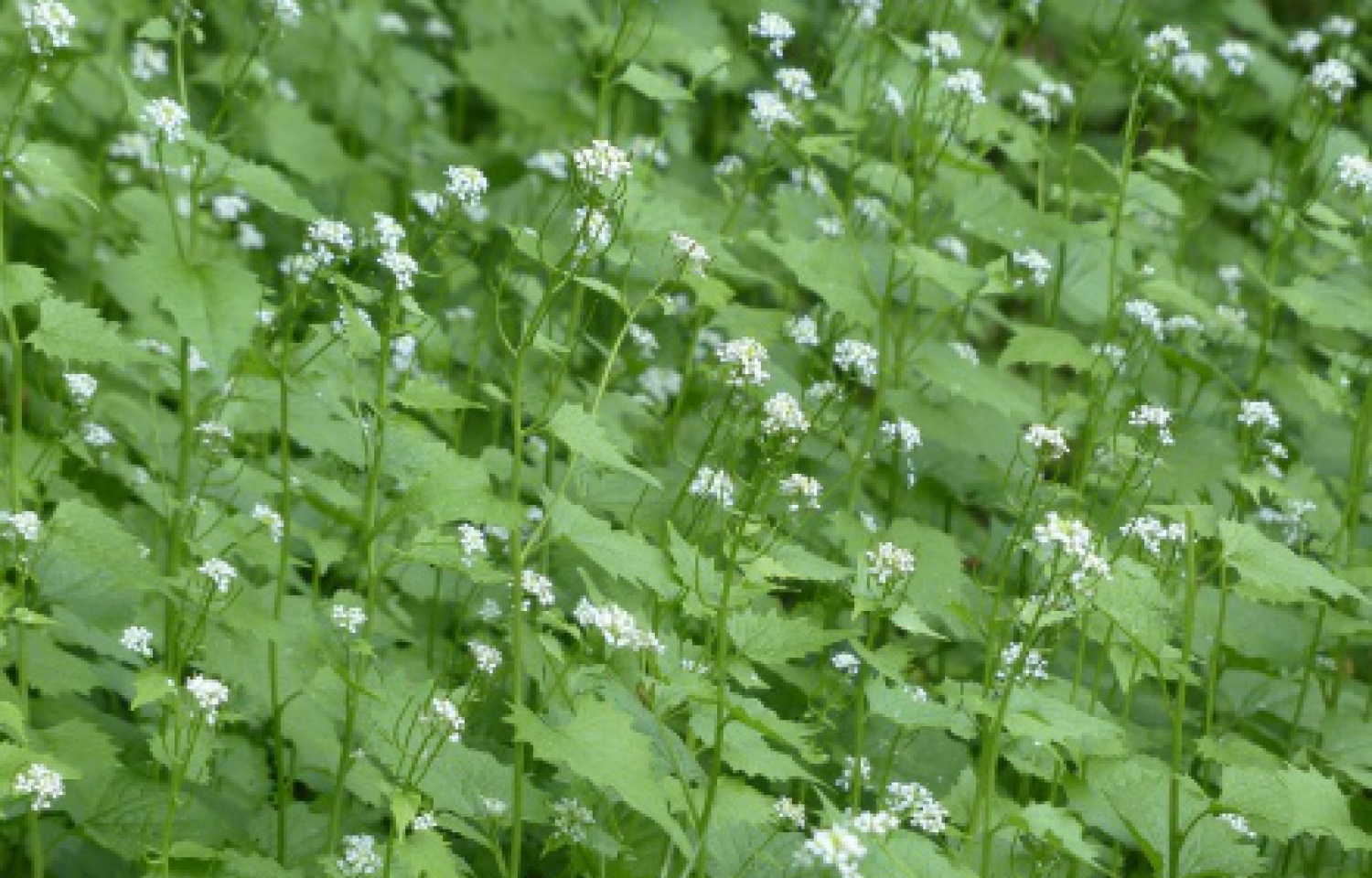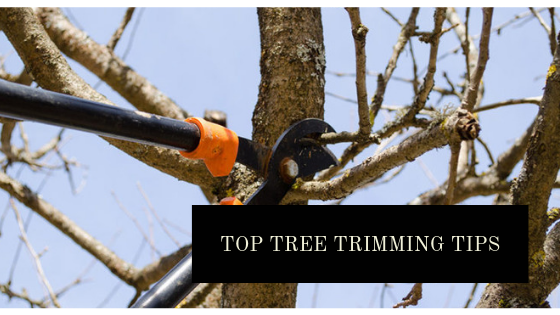Over the years, invasive plants have been known to the top threats to other plant species beneficial to man. Most invasive plants have a fast growth process overtaking the growth of normal plants and disrupting their growth in record time. They also spread at a high rate making them difficult to control when not managed early.
Use biological organisms
Using biological control such as introducing pests, diseases, and predators to the invasive plants you can effectively control the spread of invasive plants. Most biological control systems have to be approved by the local authority to avoid future health effects to the animal feeding on the plant.
If the plant is not poisonous, you can introduce animals to the plants who will feed on the plant such as sheep or cattle. Determine which animals can feed on the plant before letting them eat the plant.
Use chemicals
The use of different types of chemicals such as herbicides is a great way to eliminate invasive plants. Knowing which chemicals are both effective and safe for the environment and other animals within the habitat is important before you start using it to control invasive plants.
Some chemicals might target the plant alone when sprayed but others might kill even the beneficial plants surrounding it. If you must use chemicals, follow the instructions outlined on the label to ensure that you are using it the right way. Chemicals that need to be applied to specific parts of the plants such as leaves should strictly be applied to the leaves.
Dig and uproot
Small plants can easily be uprooted singly while large ones need to be dug out carefully. Ensure that you have the right tool, such as a shovel and wear gloves when doing the uprooting. Using a shovel will also ensure that all the roots are removed preventing regrowth.
Flood and burn
Some plant species cannot survive underwater and water clogged soils so flood them to get rid of them. Flooding will make it difficult for the plant to grow and in some cases cause rotting of the roots, damaging them. In case of flooding does not work, check if the plant burns. This can either be actual fires or pouring boiling hot water on them. Depending on your local authority, starting a fire might not be allowed. Consult the local laws first.
Leave no space for growth
Some plants require enough air supply in order to thrive and rapidly grow. Find out the plant’s ability to grow in a limited space and suffocate them to death. You can use clear or black plastic sheets by spreading them where the weeds grow, leaving no space for entry of air. Leave the sheets for a while until the weeds die.
Buying a property with knotweed does not mean it cannot be cleared. With the right control measure, you can eliminate invasive plant growth.










